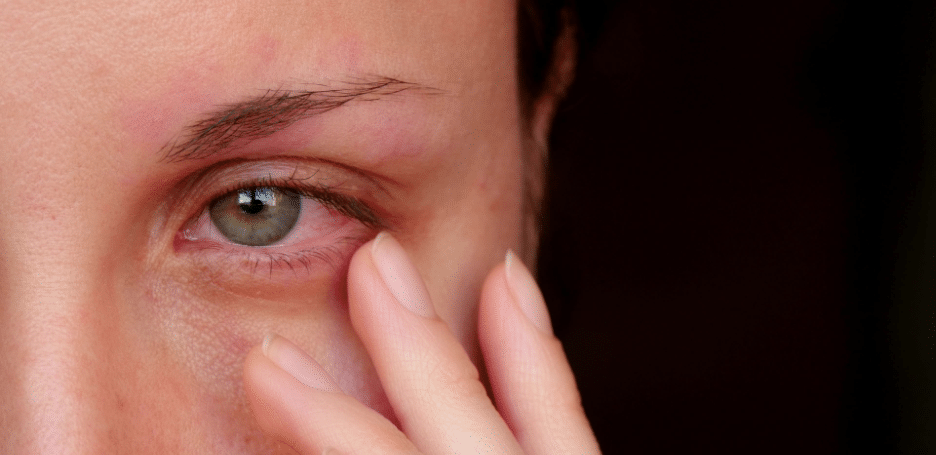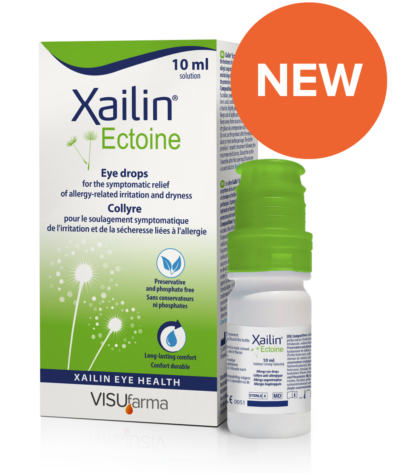Allergens including seasonal allergic conjunctivitis (SAC) and perennial allergic conjunctivitis (PAC) are the most common forms of ocular allergy. SAC is intermittent in nature and is usually caused by airborne pollens. Signs and symptoms usually occur in the spring and summer. PAC can occur throughout the year with exposure to perennial allergens such as house/dust mites, mould and animal hair.1
Eye irritation occurs when the eyes come into contact with an irritating agent causing the eye to water or redden.
The particles causing this inflammatory response may be a result of environmental factors such as pollution and wind, or external allergens such as dust mites and animal hair.2 Inflammation can be asymptomatic or generate symptoms like:3
- irritation
- redness
- sensitivity to light
- tearing
- swelling
- burning
- itchiness
Ital J Pediatr 2013; 39: 18. https://doi.org/10.1186/1824-7288-39-18
2. Gomes PJ. Trends in prevalence and treatment of ocular allergy. Curr Opin Allergy Clin Immunol
2014; 14(5): 451-456.
3. Villani E, Rabbiolo G, Nucci P. Ocular allergy as a risk factor for dry eye in adults and children. Curr Opin Allergy
Clin Immunol 2018; 18(5): 398-403.












